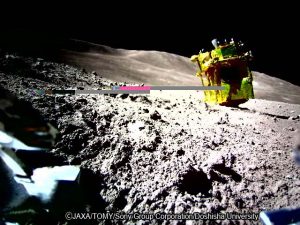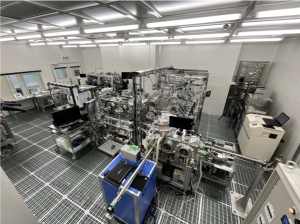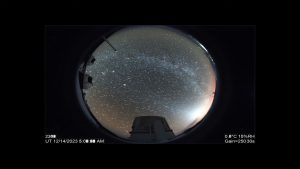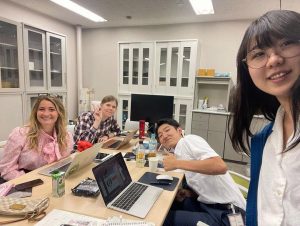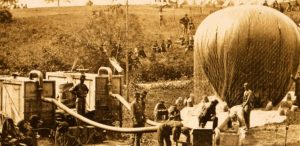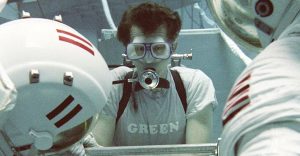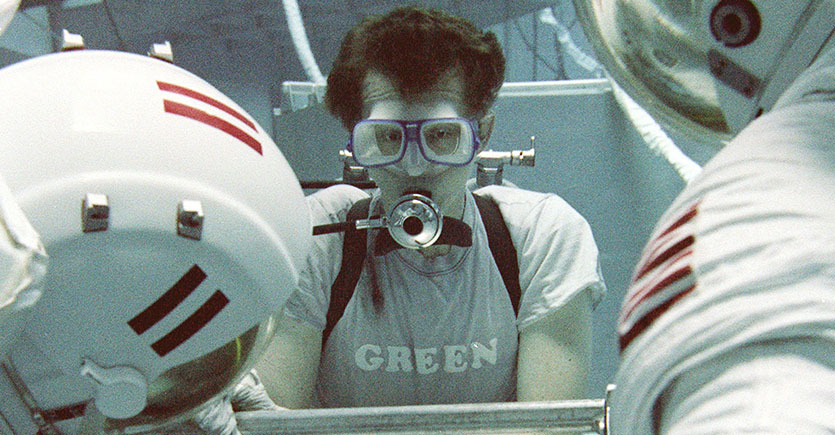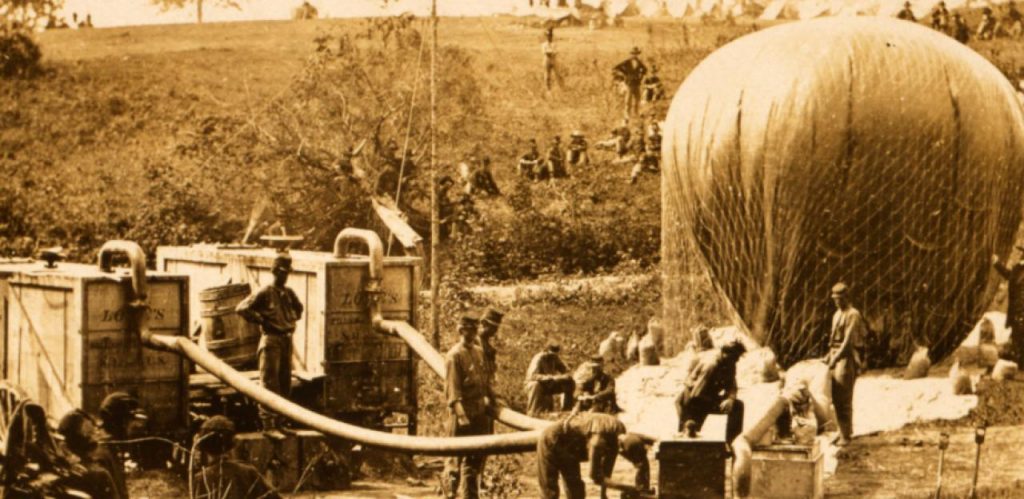
Rebirth: How NASA joined JAXA to reignite the dream of the XRISM mission
As the XRISM X-ray space observatory completes commissioning and heads towards first light, we caught up with the NASA leaders who were on the ground during the time that JAXA and NASA were working together for the rebirth of the observatory that scientists have been trying to launch for four decades.

Mark Clampin was in Venice watching his daughter take a gondola lesson when he received the news.
“We were walking up and down one of the paths alongside the canals, and I got a phone call.”
Now NASA Astrophysics Division Director, Clampin was at that time the Director for Science and Exploration at the Goddard Space Flight Center. The call was from Richard Kelley, the US Principal Investigator for the Japan-led X-ray space telescope, ASTRO-H. The telescope had been launched the previous month by JAXA, carrying onboard a spectrometer that had been developed at Goddard. It was an instrument that NASA had been trying to launch for 40 years.
“The instrument was originally chosen to fly on Chandra, back in the 1980s when the payload was being selected,” recalled Paul Hertz, Senior Advisor to the Associate Administrator of Science at NASA. “But Chandra was split into an imaging mission and a spectroscopy mission. The mission we call Chandra today is the imaging mission.”
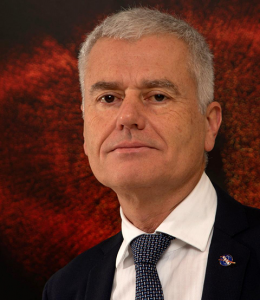
The Chandra X-ray Observatory was launched by NASA in 1999. 24 years later, Chandra remains the world’s most powerful X-ray imaging telescope, but the observatory was originally designed to be even larger before budget constraints forced the observatory to be split into two separate missions.
“I said if we did that, we will never get the spectroscopy mission!” said John Grunsfeld, former Associate Administrator of Science at NASA, recalling the cold wintry day in Washington when he heard that the complexity and expense of Chandra meant that the design would have to be divided in two. “The funding just won’t be there, and this turned out to be true!”
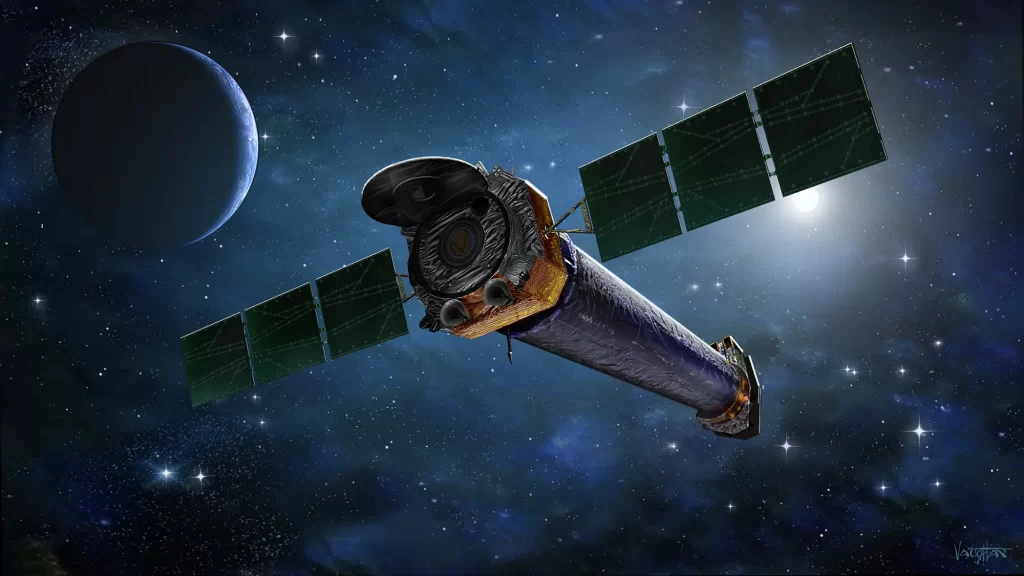
While an X-ray imager creates a picture from the detected X-rays, an X-ray spectrometer measures the intensity of the X-rays at many different wavelengths. When plotted on a graph, this is referred to as a “spectrum”. The sharp peaks in the plot are “emission lines”, where there’s a strong output of X-rays at one specific wavelength. X-rays are emitted by some of the hottest gas in the Universe, and the emissions lines in the spectra can reveal the velocity of the gas, as well as the chemical composition.
The planned X-ray spectrometer was designed to detect longer wavelength X-rays, referred to as “soft X-rays”, compared to other X-ray spectrometers. A soft X-ray spectrometer is particularly sensitive to X-rays coming from extended structures, such as the very hot gas inside clusters of galaxies. It is a regime that no previous instrument has ever explored.
After the Chandra Observatory was downsized, NASA and JAXA joined forces. JAXA was planning the agency’s fifth X-ray astronomy satellite, and invited NASA to design the soft X-ray spectrometer instrument for this new observatory. Disaster struck when the satellite was lost at launch, forcing the two teams to rebuild. The Suzaku X-ray telescope was launched in 2005 and operated successfully for ten years but with one issue. A failure in the thermal control system occurred shortly after launch, and the cryogen needed for the spectrometer was lost.
“We had to continue with only the imager for that mission,” reflected Hertz. “Suzaku did a lot of great imaging science. But it didn’t do the high-resolution spectroscopy.”
In February 2016, JAXA launched the Suzaku’s successor: the X-ray telescope ASTRO-H (Hitomi). And this time, the soft X-ray spectrometer saw first light as ASTRO-H observed the X-rays pouring from the gigantic Perseus galactic cluster.
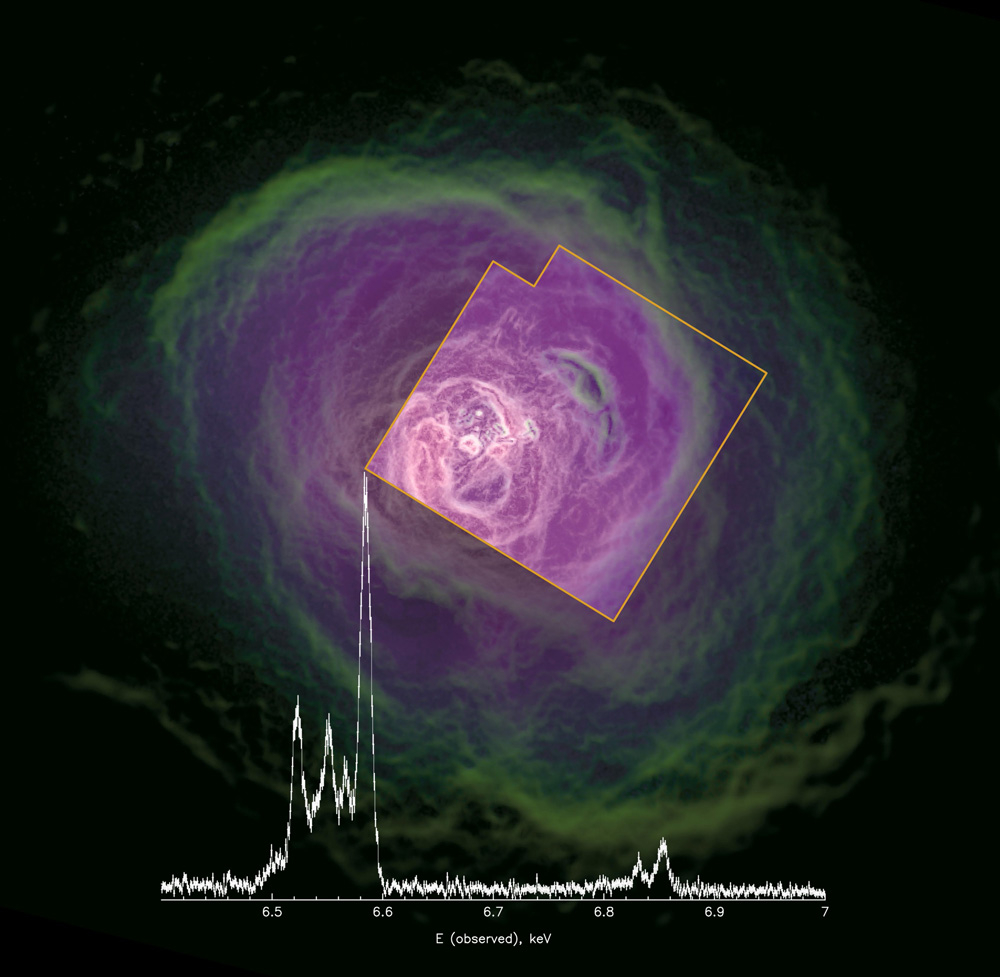
“It was this one spectrum and every time it got shown to somebody, it just blew their mind,” said Clampin. “The quality of the data! The fact they’ve resolved these emission lines for the first time!”
And then everything went wrong. On 26 March 2016, ASTRO-H went into an uncontrolled spin and broke apart.
“I got a phone call from Rich Kelley,” said Clampin. “And he just said that they’d had a report that the satellite was appearing as several pieces.”
Partners
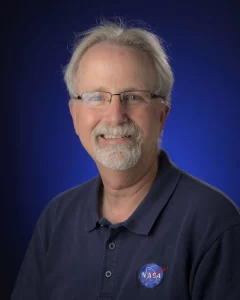
By the end of that week, it had become clear that ASTRO-H was lost. The only question left was what to do next. Then ISAS Director General Tsuneta Saku flew to the USA. JAXA was considering a rebirth mission: a new X-ray telescope focussed on observing soft X-rays which would put the X-ray spectrometer back in space. But would NASA join JAXA in another attempt?
“It meant a lot to us that Professor Tsuneta came over and brought the proposal personally,” said Hertz, who had held the post of NASA Astrophysics Division Director until 2022. “This business you know, it’s not all hardware. There is a lot of relationship building and assembling partnerships. For Professor Tsuneta to personally bring this proposal over and explain how important the mission remained to JAXA, how important the recovery mission was to him, and how important NASA’s partnership in the recovery missions was… And then he asked us if we would partner with him… This was extremely meaningful.”
But constructing a new soft X-ray spectrometer is a major undertaking, and the decision could not rest purely on the strength of the international partnership. On the other hand, JAXA was on the clock, working on a new proposal for the Japan Government.
“We had to consider incredibly quickly because Professor Tsuneta had brought forward a very aggressive schedule for putting a proposal in front of the Government of Japan,” said Hertz. “So we had to move very fast. And we did.”
Traditionally, plans for a new NASA mission would go before the National Academies of Sciences, where the Committee on Astronomy and Astrophysics would advise on the scientific priority for the new mission. But with time short, advise could be sought via NASA’s own advisory structure. The first stop was the NASA Astrophysics Subcommittee. From there, its recommendation could be passed to the NASA Science Committee, who would consider the plan from the broader perspective of all areas of science. A successful recommendation would then reach the NASA Advisory Council who considers all NASA programs, including science, human spaceflight, aeronautics, and the international space station, and who advise the NASA administrator.
“NASA had to work through three challenges before we could give an answer,” explained Hertz. “The first is was the science still worth it? The second is could we afford it? And the third was how could we ensure the joint success of a recovery mission?”
The Perseus cluster observation captured by ASTRO-H resolved the first challenge. It was proof that the technology worked and provided a huge leap in sensitivity and resolution compared to anything that had previously been achieved. Interest in the scientific community remained high, and the topic was considered as hot as the X-ray-emitted gas the new mission would detect.
Knowing that no new money would be available from the US Congress, affordability depended on being able to fit the cost of a new instrument into the existing astrophysics budget. There was funding reserved for ASTRO-H operations which could now be diverted for development and crucially, the team at the Goddard Space Flight Center that had designed the soft X-ray spectrometer for ASTRO-H was still in place with the know-how of how to build the instrument.
“A lot depended on the fact that we had a strong group at the Goddard Space Flight Center,” recalled Grunsfeld. “We had a team that we wanted to keep intact to work on micro-calorimeter [the spectrometer detector] technology. So we were able to make a strong case that this was an area in which the US leads, and Japan is a critical partner.”
The team at Goddard Space Flight Center were contacted and asked to estimate the cost for recreating the soft X-ray spectrometer.
“At Goddard, we get a phone call from Paul Hertz,” said Clampin. “We’re going to do this again. It is build to print. Don’t give me a new experiment. Give me the same experiment, and here’s the cost box.”
The first cost estimate submitted by the Goddard Space Flight Center team was rejected, with a firm reminder from Hertz that the previously approved (and very successful) design should be copied and costs should remain low.

“There’s an underlying tendency with scientists that if you give them the opportunity to build something a second time, there are things they want to add because it will make it better,” admitted Clampin. “And there are different ways of doing this test, or that test, because that would make it easier or give more information.”
The Goddard team went through the cost estimate element by element, comparing initial costs and the infrastructure that was still in the laboratories. The resulting plan was within the available funds.
The third challenge was possibly the most difficult. How could NASA and JAXA ensure that this next mission would be a success?
“My perspective on space exploration is that it’s very hard,” noted Grunsfeld. “I like to tell people in the project development phase that there’s no bad news. When something fails a test, that’s not bad news. It’s just news.”
In Grunsfeld’s extensive experience, many of the problems that arise during missions are due to “mission assurance issues”, which are the myriad of checks and tests that attempt to weed out bugs in the spacecraft software and hardware before launch. NASA had learned that time was well spent in this area, and felt that this was a place where they could contribute extra expertise.
“For the rebirth, we wanted to help with the mission assurance tasks,” explained Grunsfeld. “Because it’s one of the things that NASA is very good at.”
During ASTRO-H, NASA had developed the soft X-ray spectrometer but had not been involved in the other areas of the mission development. With the plan to fly a new mission focussed on observing soft X-rays, NASA proposed that a joint team consisting of both space agencies could contribute to all systems engineering, and be jointly responsible for the project success. The result was a merger of JAXA and NASA practices.
“The NASA team and the JAXA team established a very deep relationship with each other. They worked great together,” says Hertz. “I never heard of anybody drawing lines in the sand and saying ‘that’s my responsibility. You keep out’. It was always open information, an open relationship, so everyone could learn from everyone’s experience. That was the last impediment to getting started.”
As it would turn out, that extra cohesion between the two teams would prove to be particularly valuable as travel shutdown in 2020 when the coronavirus pandemic swept across the globe.
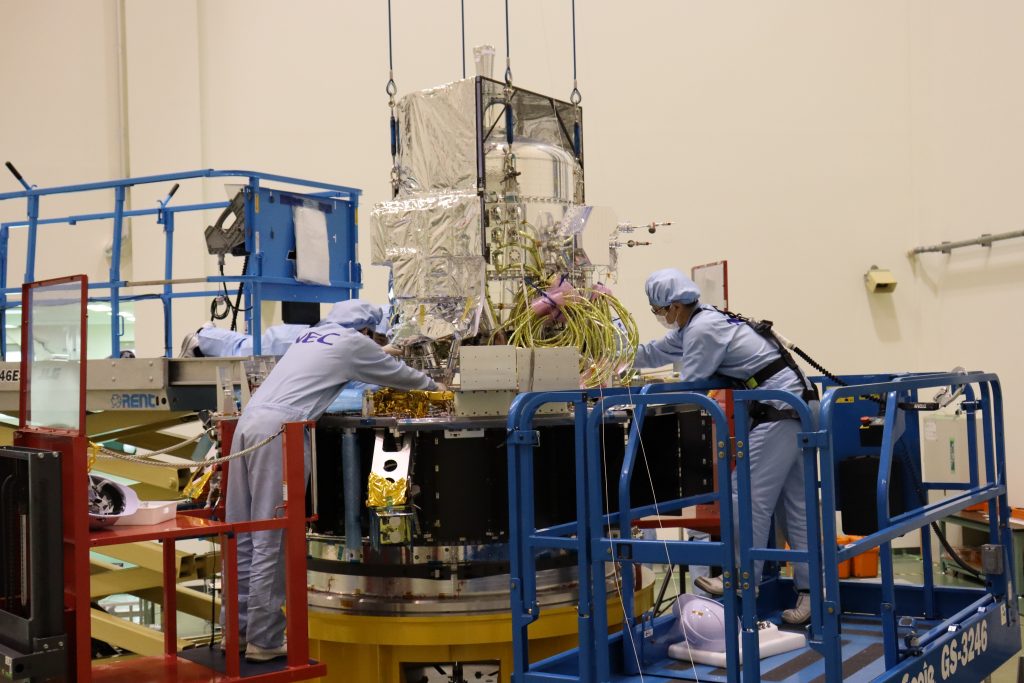
Open work across closed borders
With the rebirth mission approved at NASA, work had begun in Japan and the US to build the new X-ray space telescope. The rebirth was named “XRISM: X-Ray Imaging and Spectroscopy Mission”, and the soft X-ray spectrometer was named “Resolve”, which would be accompanied by a soft X-ray imager named “Xtend”.
The close collaboration between the NASA and JAXA teams meant that there was a risk that far more travel would be required between the USA and Japan. This was emotionally difficult on the scientists who would have to be away from their families for long periods of time, and also bureaucratically onerous due to regulations on the time spent overseas for US Government employees. The two teams therefore set up better facilities for remote monitoring of the hardware from overseas. So when borders suddenly closed in the wake of the pandemic, work on XRISM was able to continue in both the USA and Japan. But despite facilities being in place for remote work, it was a tough period for the mission.
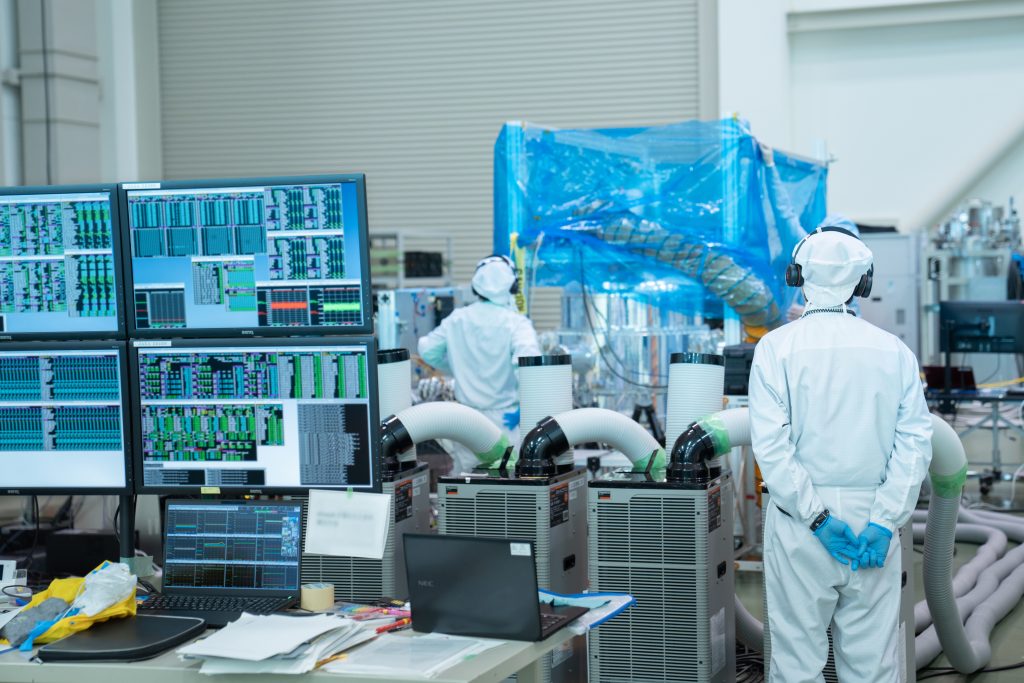
“COVID mucked up a lot of things. That was an understatement. But it certainly hit at a very, very bad time for XRISM,” said Hertz. “But because the technology for doing tasks remotely had grown a lot in the last ten years, for XRISM we had a system where we could continue the work from Goddard. So, when COVID hit, we were all set up to do remote work to the greatest extent possible. It worked great… until the helium leak.”
As the spacecraft neared completion, a problem occurred that could not be handled at a distance. There was a leak of liquid helium from the dewar that refrigerated the soft X-ray spectrometer. The problem was not major, but in order to track down the source, the filters supplied by NASA had to be temporality removed. It was an extremely delicate task that only a few NASA people were trained to perform, and no one in Japan was anxious to practice on the final flight hardware. The only solution was for the US team to cross the border.
“It was the first international travel anybody at NASA was allowed to do after lockdown,” remembered Hertz. “We had to create a process for approving that. We went all the way up to the highest level of the US Government to get it done.”
The Japan borders were also closed to non-citizens, so special permission also had to be sought from the Government of Japan to allow the team to travel into Japan.
“To get the approval is actually an indication of how important this partnership was to NASA,” said Hertz. “Both nations showed the importance by essentially writing exceptions to the rules they had in place during the peak of the COVID pandemic. And that was amazing.”
Safety measures on the travelling team were high. Once at JAXA, work would be performed in a clean room with all personnel wearing the cleanroom “bunny suits”. This had the added benefit of protecting the researchers against viruses, as well as the spacecraft against contamination. However, to reach JAXA, the NASA scientists donned PPE clothing for the flight and once in Japan, had to stay on the JAXA campus separated from the main body of researchers.
”I cannot think of a worse stress test of a partnership than trying to build a spacecraft through the pandemic from across the world,” said Clampin. “And they really came through in shining colours, sometimes having to work away from their families because of the rules and regulations regarding quarantine. I really recognise the work of the team both on the US and Japan side in getting this instrument built.”

Rebirth
XRISM was scheduled to be launched at the end of August 2023. But as often happens, the launch was postponed to wait for better weather conditions. The delay was disappointing for the onlookers. With the borders now open once again, Clampin, Hertz and Grunsfeld had flown to Japan with the hope of seeing the very beginning of a telescope four decades in the making. Unfortunately, they had to return to the US before the weather cleared.
“I stayed a week, but it still wasn’t enough,” Grunsfeld said regretfully. “I did climb Mount Fuji though. It was my second time. I had climbed it in 1981, when I was living in Japan. I did the climb to the summit at 2am and watched the sunrise.”
Grunsfeld has been involved in X-ray astronomy since his undergraduate days. During his time in Japan as a junior researcher, Grunsfeld had worked on data from the Hakucho mission, Japan’s first X-ray satellite. Now, he had helped ensure that the seventh satellite reached the X-ray sky.
And then on 7 September 2023, XRISM launched. The mission left Earth from the Tanegashima Space Center in southern Japan on the H-IIA Launch Vehicle No. 47. All spacecraft operations are nominal, and the space telescope is now in the commissioning period where all satellite and instruments functions are checked.
“I think that XRISM is going to blow our socks off for pretty much everything it looks at for the first year,” predicted Hertz. “And then when it starts looking at the second and third and fourth examples of different systems, then we’ll start appreciating the nuances. But with the first look we’re just going to be totally surprised.”
Further information:
The XRISM website
XRISM X/twitter feed
Cosmos: Completing the homework ASTRO-H left us
Web release (ASTRO-H): An Unexpected Calm: The Hot Gas in the Center of the Perseus Cluster
 Previous Post
Previous Post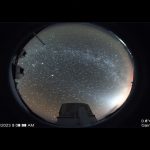 Next Post
Next Post